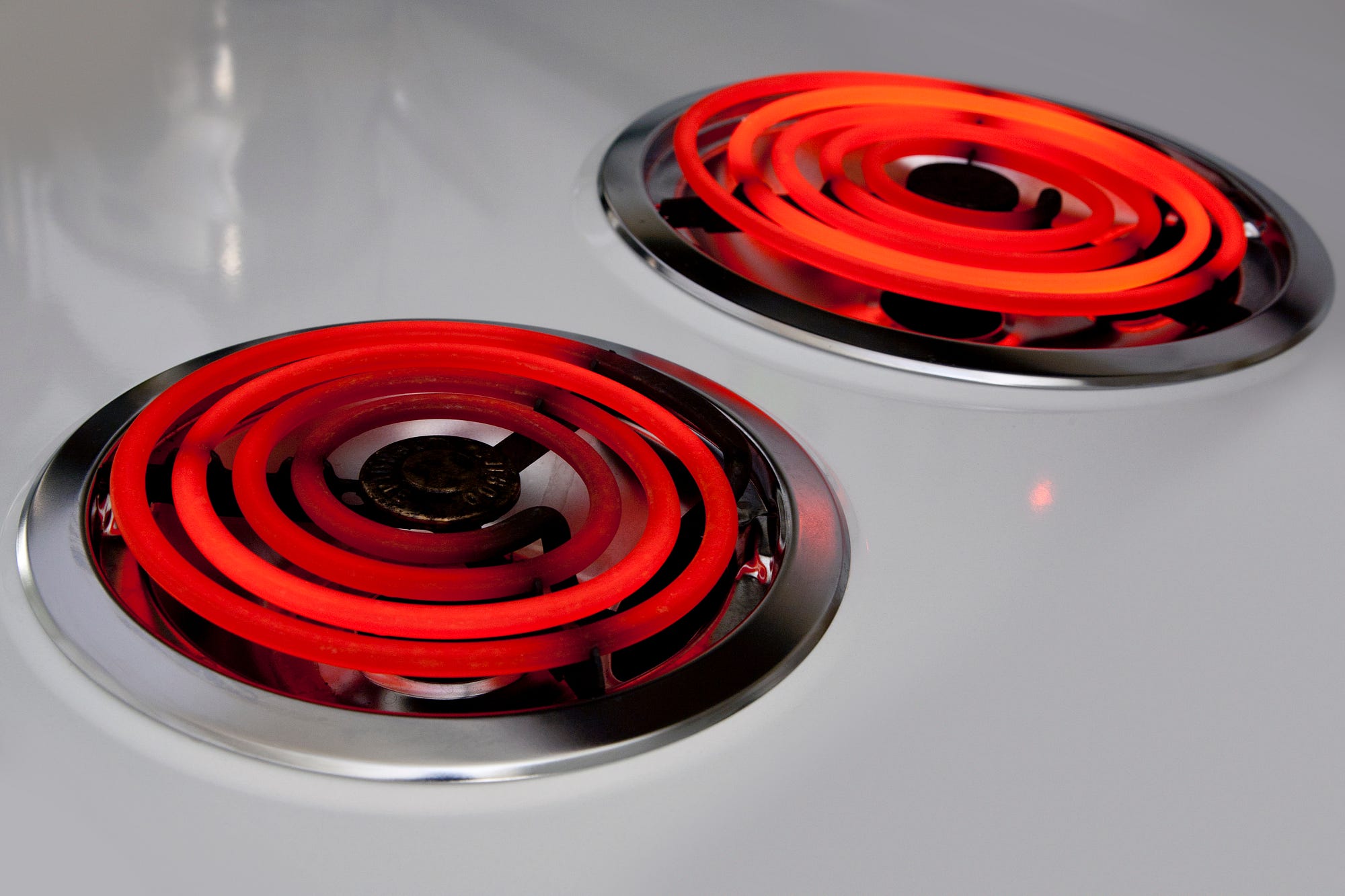

Articles
Why Do Stove Burners Turn Red
Modified: January 18, 2024
Discover why stove burners turn red in this informative article. Learn about the science behind the phenomenon and how it relates to heat transfer and combustion.
(Many of the links in this article redirect to a specific reviewed product. Your purchase of these products through affiliate links helps to generate commission for Storables.com, at no extra cost. Learn more)
Introduction
When we cook on a stove, one of the things we often notice is the vibrant red color of the burners. But have you ever wondered why stove burners turn red? The phenomenon of burners changing color is not just a random occurrence; there is a scientific explanation behind it.
In this article, we will explore the science behind why stove burners turn red. We will delve into concepts like heat, temperature, electromagnetic radiation, combustion, and flame color. By understanding these factors, we can gain a deeper appreciation for the fascinating transformation that takes place right before our eyes.
So, let’s unravel the mystery and discover why stove burners change color!
Key Takeaways:
- The red color of stove burners is a result of incandescence, where the heating element emits visible light due to its high temperature. Understanding the science behind it adds a new level of appreciation to the cooking experience.
- Factors such as fuel type, combustion efficiency, and burner design influence the color of stove burners. By maintaining optimal conditions for combustion, we can enjoy the mesmerizing red flame while prioritizing safety.
Read more: Why Do Flat Top Stove Burners Flash
Why Stove Burners Turn Red: The Science Behind it
To understand why stove burners turn red, we need to delve into the fundamental concepts of heat, temperature, combustion, and electromagnetic radiation.
Firstly, heat and temperature are closely related but distinct concepts. Heat is the transfer of energy from a hotter object to a cooler object, while temperature is a measure of the average kinetic energy of the particles in a substance. When we turn on a stove burner, the electric current passes through a heating element, which gradually increases in temperature. As the temperature rises, the burner starts emitting visible light.
The next piece of the puzzle is electromagnetic radiation. When an object reaches high temperatures, it emits thermal radiation, also known as blackbody radiation. This radiation consists of a range of wavelengths, including infrared, visible, and ultraviolet light. The wavelength of light emitted by an object depends on its temperature.
Combustion is another crucial factor. Stove burners typically operate on a combustion process, where fuel (such as natural gas or propane) combines with oxygen to produce heat and light. During combustion, chemical reactions occur, resulting in the release of energy in the form of heat and light. The color of the flame produced during combustion provides important insights into the combustion process.
Now, let’s tie all these concepts together to understand the red color of stove burners. When a stove burner reaches a high temperature, it emits a significant amount of thermal radiation in the visible light spectrum. The high temperature of the burner causes the emitted light to be in the red color range.
Essentially, the red color of stove burners is a result of a phenomenon known as incandescence. Incandescence occurs when an object emits visible light due to its high temperature. In the case of stove burners, the heating element becomes so hot that it glows and radiates red light.
So, the next time you cook on a stove and see the burners turning red, you can appreciate the intricate science behind this captivating phenomenon. It is a beautiful blend of heat, temperature, electromagnetic radiation, and combustion, all coming together to create a visually stunning display.
Heat and Temperature
Heat and temperature are fundamental concepts that play a vital role in understanding why stove burners turn red. While these terms are often used interchangeably, they have slightly different meanings.
Heat is a form of energy that is transferred from one object to another due to a temperature difference. When we turn on the stove burner, an electric current passes through a heating element, which starts to generate heat. As the heating element becomes hotter, the temperature of the burner increases.
Temperature, on the other hand, is a measure of the average kinetic energy of the particles in a substance. It determines how hot or cold an object is. In the case of a stove burner, the temperature rises as a result of the heat generated by the heating element.
When the temperature of the stove burner reaches a certain point, an interesting phenomenon occurs. The burner begins to emit visible light, and that light is where the red color comes from.
This emission of light is a byproduct of the burner’s temperature reaching a level where it produces thermal radiation. Thermal radiation is the electromagnetic radiation emitted by a heated object. It consists of a wide range of wavelengths, including infrared, visible, and ultraviolet light.
When an object reaches high temperatures, such as those achieved by a stove burner, it emits thermal radiation, also known as blackbody radiation. The wavelength of the radiation emitted depends on the temperature of the object.
In the case of stove burners, the high temperature of the heating element causes it to emit thermal radiation in the visible light spectrum. This visible light is what gives the burner its red color.
So, in summary, the heat generated by the heating element raises the temperature of the stove burner. At a certain temperature, the burner starts emitting visible light through thermal radiation. The red color of the burner is a result of this emitted light falling within the red color range of the visible light spectrum.
Understanding the relationship between heat and temperature allows us to appreciate the complex interplay of energy and matter that gives rise to the captivating red color of stove burners.
The Role of Electromagnetic Radiation
Electromagnetic radiation plays a crucial role in understanding why stove burners turn red. It is the mechanism by which the heat emitted from a stove burner is transformed into visible light.
Electromagnetic radiation is a form of energy that travels through space in the form of waves. It encompasses a wide range of wavelengths, from gamma rays with the shortest wavelengths to radio waves with the longest wavelengths. Within this spectrum, we find visible light, which is the portion of electromagnetic radiation that humans can perceive with their eyes.
When a stove burner reaches a high temperature, it emits thermal radiation in the form of electromagnetic waves. This thermal radiation, also known as blackbody radiation, includes a range of wavelengths, including infrared, visible, and ultraviolet light.
The wavelength of light emitted by an object depends on its temperature. As the temperature of the stove burner increases, the emitted light transitions from longer wavelengths, such as infrared, to shorter wavelengths within the visible light spectrum.
In the case of stove burners, the high temperature of the heating element causes it to emit thermal radiation with a significant portion falling within the visible light range. The emission of this visible light is what gives the burner its red color.
It’s important to note that the red color is just one possibility within the visible light spectrum. Depending on the temperature and composition of the burner, the emitted light can vary in color. For example, at lower temperatures, the burner may emit a dimmer, orange-colored light. At higher temperatures, the color may shift towards a bright yellow or even blue color.
Understanding the role of electromagnetic radiation helps us grasp how the energy generated by the stove burner is transformed into visible light. It is through this interplay of energy and electromagnetic waves that we can appreciate the captivating red color of stove burners.
Combustion and Flame Color
Combustion is a significant factor in explaining why stove burners turn red. Combustion is a chemical reaction between a fuel source and an oxidizer, typically oxygen, resulting in the release of heat, light, and other byproducts.
When we turn on a stove burner, it operates on a combustion process. The fuel, which can be natural gas or propane, combines with oxygen from the air, creating a mixture that can be ignited. This ignition generates a flame, which is a visible manifestation of the combustion process.
Flame color is an essential indicator of the combustion process. Different substances and conditions can cause flames to exhibit varying colors. In the case of stove burners, the color of the flame can provide valuable insights into the combustion process taking place.
The flame color arises from the emission of light produced during combustion. Flames emit light due to the presence of excited state molecules and atoms within the flame. These excited particles release energy in the form of light as they transition from higher energy levels to lower energy levels.
When it comes to stove burners, the color of the flame can vary depending on several factors, including the type of fuel, the presence of impurities, and the air-to-fuel ratio. A properly balanced flame is usually blue, indicating complete combustion and high efficiency, as the blue color is associated with the emission of shorter wavelength light in the visible spectrum.
However, if the burner is not functioning optimally, it can lead to incomplete combustion. Incomplete combustion occurs when there is insufficient oxygen available to burn the fuel completely. This can result in the emission of a yellow or orange-colored flame, indicating the presence of unburned fuel molecules and incomplete oxidation.
So why, then, do stove burners turn red? The red color we observe in stove burners is primarily due to incandescence. Incandescence occurs when an object emits visible light due to its high temperature. In the case of stove burners, the heating element becomes extremely hot during combustion, reaching temperatures that cause it to glow and emit red light.
Understanding the connection between combustion, flame color, and the resulting red color of stove burners helps us appreciate the intricate science behind this phenomenon. It also serves as a reminder to ensure proper combustion and ventilation to promote safety and efficiency in our cooking endeavors.
Stove burners turn red because of the heat generated by the burning gas or electric heating element. The red color indicates that the burner is reaching a high temperature, which is necessary for cooking food efficiently.
Read more: Why Do My Electric Stove Burners Burn Up?
Understanding Red Flame in Stove Burners
When we cook on a stove, one of the most captivating sights is the vibrant red flame that appears on the burners. This red flame is a result of various factors, including the high temperature of the burner and the combustion process.
The red color of the flame in stove burners is primarily due to incandescence. Incandescence occurs when an object reaches a high temperature and emits visible light as a result. In the case of stove burners, the heating element becomes extremely hot during combustion, causing it to glow and emit red light.
The intensity and shade of the red flame can vary depending on several factors. One factor is the temperature of the burner. The hotter the burner, the more intense and vibrant the red color of the flame. This is because at higher temperatures, the heating element emits light with a shorter wavelength, which appears as a brighter shade of red.
The fuel being used also plays a role in the color of the flame. Different fuels can produce flames of varying colors. For example, natural gas usually produces a blue flame when it undergoes complete combustion. However, if the combustion process is not optimal, such as due to an improper air-to-fuel ratio, the flame may appear yellow or orange, indicating incomplete combustion. In such cases, the presence of impurities or contaminants in the fuel can contribute to the reddish hue of the flame.
It’s important to note that the red color of the flame in stove burners does not necessarily indicate a problem or malfunction. As long as the burner is functioning correctly, the red flame is a natural consequence of the intense heat generated during combustion.
However, if you notice any significant changes in the color of the flame, such as a drastic shift towards a dark or black color, it could be a sign of an issue. Dark-colored flames can indicate incomplete combustion or the presence of contaminants that require attention and maintenance.
Understanding the reasons behind the red flame in stove burners allows us to appreciate the fascinating scientific principles at play. It serves as a reminder of the intricate interactions of heat, temperature, and combustion, all of which come together to create the mesmerizing red flame that enhances the cooking experience.
Factors Affecting Stove Burner Color
Several factors can influence the color of stove burners, ranging from the type of fuel being used to the efficiency of combustion. Understanding these factors can provide insights into the variations in burner color and help optimize cooking experiences.
1. Fuel Type: The type of fuel used in the stove burner can have a significant impact on the color of the flame. For example, natural gas typically produces a blue flame when combustion is efficient and complete. On the other hand, fuels like propane or butane can produce yellow or orange flames, indicating incomplete combustion due to a higher carbon content in the fuel.
2. Air-to-Fuel Ratio: The ratio of air to fuel is crucial for optimal combustion. When the air-to-fuel ratio is balanced, complete combustion occurs, leading to a blue flame. If there is insufficient oxygen for proper combustion, the flame may appear yellow or orange due to the incomplete burning of fuel particles.
3. Impurities and Contaminants: Impurities in the fuel, such as sulfur or other elements, can affect the color of the flame. These impurities can react with the flame and cause it to emit a different color. Similarly, contaminants in the burner or the combustion chamber can also alter the flame color. Regular maintenance and cleaning of the burner can help ensure efficient combustion and a consistent flame color.
4. Temperature: The temperature of the stove burner plays a significant role in the color of the flame. As the temperature increases, the emitted light transitions from longer wavelengths, such as red or orange, to shorter wavelengths in the blue spectrum. Higher temperatures can result in a brighter and more intense flame, while lower temperatures may produce a dimmer and less vibrant flame.
5. Burner Design: The design and structure of the burner can also influence the color of the flame. Efficient burners are designed to ensure a balanced flow of fuel and air, optimizing combustion and flame color. Burners with proper ventilation and air mixing chambers can promote complete combustion, resulting in a blue flame.
6. Altitude: Altitude can affect the combustion process and flame color due to differences in oxygen levels. At higher altitudes, where oxygen levels are lower, combustion may be affected, resulting in a different flame color compared to lower altitudes.
It’s important to note that the flame color on stove burners can vary significantly based on these factors. While slight variations in flame color are normal and often harmless, significant changes in color, such as excessively yellow or black flames, may indicate issues with combustion efficiency or a malfunctioning burner. In such cases, it is advisable to consult a professional for maintenance and repairs.
By considering these factors and maintaining optimal conditions for combustion, we can ensure efficient operation of stove burners and enjoy the benefits of consistent flame colors during our cooking endeavors.
Safety Considerations
While the red color of stove burners can be captivating, it is essential to prioritize safety when using and maintaining them. Here are some safety considerations to keep in mind:
1. Proper Ventilation: It is crucial to ensure good ventilation in the kitchen area where the stove is located. Adequate ventilation helps remove combustion byproducts, such as carbon monoxide, to prevent their accumulation, which can be harmful to human health. Make sure that vents and exhaust systems are clean and functioning effectively to maintain a safe cooking environment.
2. Carbon Monoxide Detection: Carbon monoxide is an odorless and colorless gas that can be produced during the combustion process. It is important to have carbon monoxide detectors installed in the kitchen and other areas near the stove. These detectors can give an early warning if carbon monoxide levels become elevated, allowing you to take necessary precautions and seek assistance if needed.
3. Maintenance and Inspections: Regular maintenance and inspections of stove burners are essential for safety. Ensure that burners and fuel lines are clean, free from obstructions, and in good working condition. Schedule professional inspections to identify any potential issues before they become major safety hazards.
4. Proximity to Flammable Materials: Keep flammable materials such as curtains, towels, and paper products at a safe distance from the stove burners. Accidental contact between the flames and these materials can lead to fires. It is essential to create a clear and safe area around the stove to minimize the risk of accidents.
5. Fire Extinguishers: Have fire extinguishers readily available in the kitchen. Familiarize yourself with their usage and keep them in working order. Having a fire extinguisher on hand can help contain small fires and prevent them from spreading.
6. Monitoring and Never Leaving Unattended: Never leave stove burners unattended while cooking. Stay vigilant and keep a close eye on the cooking process. Unattended burners can lead to accidents, fires, and other safety hazards. Always remember to turn off the burners immediately after use.
7. Educating Household Members: It is important to educate everyone in the household, including children, about the potential hazards associated with stove burners and the importance of safety measures. Teach them to stay away from the burners when they are hot and to avoid touching any part of the stove during or after cooking.
By following these safety considerations, we can ensure a safe cooking environment and minimize the risks associated with stove burners. Safety should always be a priority to protect ourselves, our loved ones, and our homes.
Conclusion
The vibrant red color of stove burners is a fascinating phenomenon that can capture our attention while cooking. Through an understanding of the science behind it, we can appreciate the interplay of various factors that contribute to this captivating display.
We explored the concepts of heat, temperature, combustion, and electromagnetic radiation to unravel the mystery of why stove burners turn red. The heat generated by the burner causes it to emit thermal radiation, including visible light, with the red color resulting from incandescence at high temperatures.
Fuel type, air-to-fuel ratio, impurities, and burner design are among the factors that can affect the color of stove burners. The type of fuel and the efficiency of combustion play a significant role in determining whether the flame appears blue or has a reddish hue.
Safety considerations are paramount when it comes to using and maintaining stove burners. Proper ventilation, carbon monoxide detection, regular maintenance, and keeping flammable materials at a safe distance are crucial for a safe cooking environment.
By understanding the science, being mindful of safety, and maintaining optimal conditions for combustion, we can enjoy the visual spectacle of the red flame in stove burners while ensuring the safety of ourselves and our loved ones.
So, the next time you see the red glow of a stove burner, take a moment to appreciate the scientific principles at play and the careful balance between heat, combustion, and safety that brings this captivating sight to life.
Frequently Asked Questions about Why Do Stove Burners Turn Red
Was this page helpful?
At Storables.com, we guarantee accurate and reliable information. Our content, validated by Expert Board Contributors, is crafted following stringent Editorial Policies. We're committed to providing you with well-researched, expert-backed insights for all your informational needs.
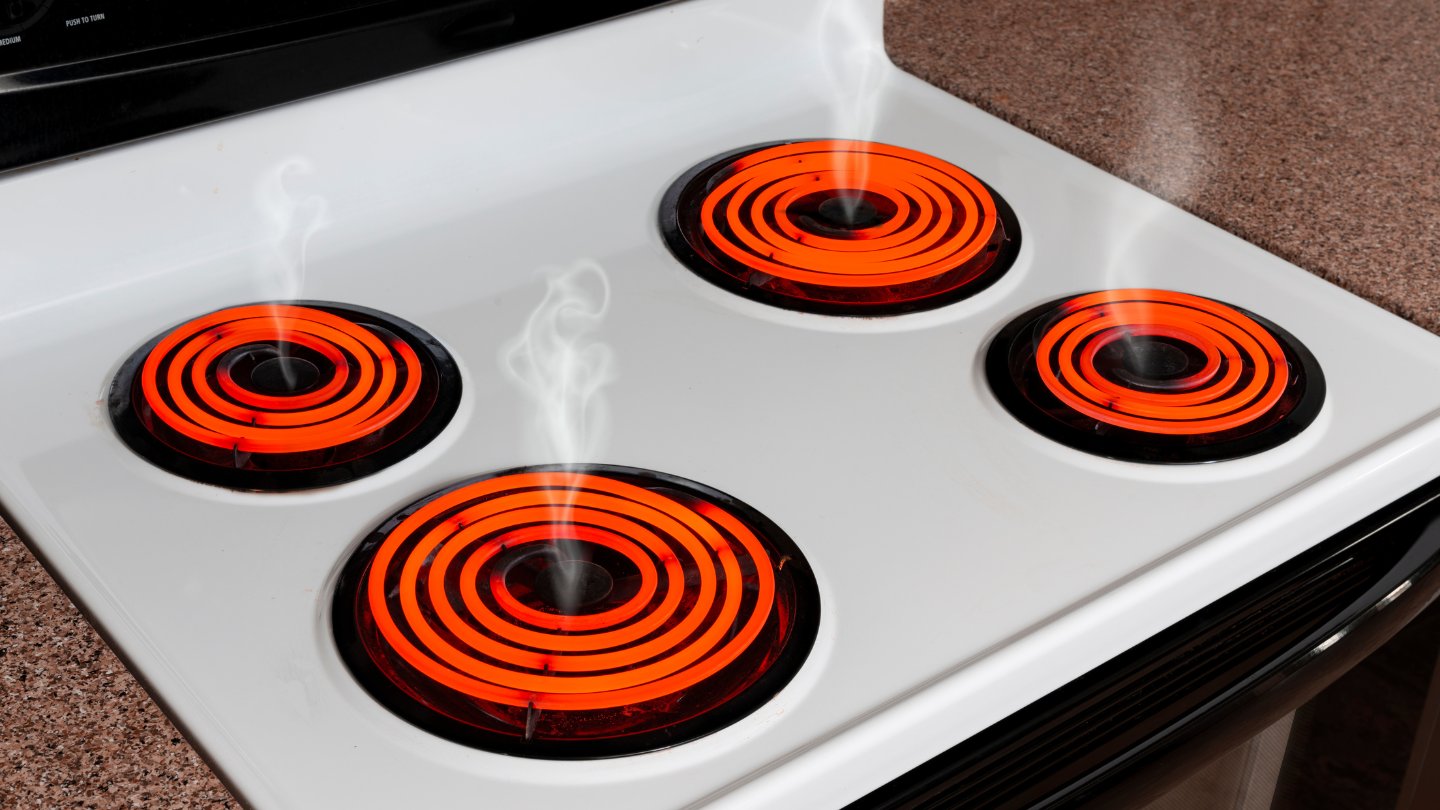
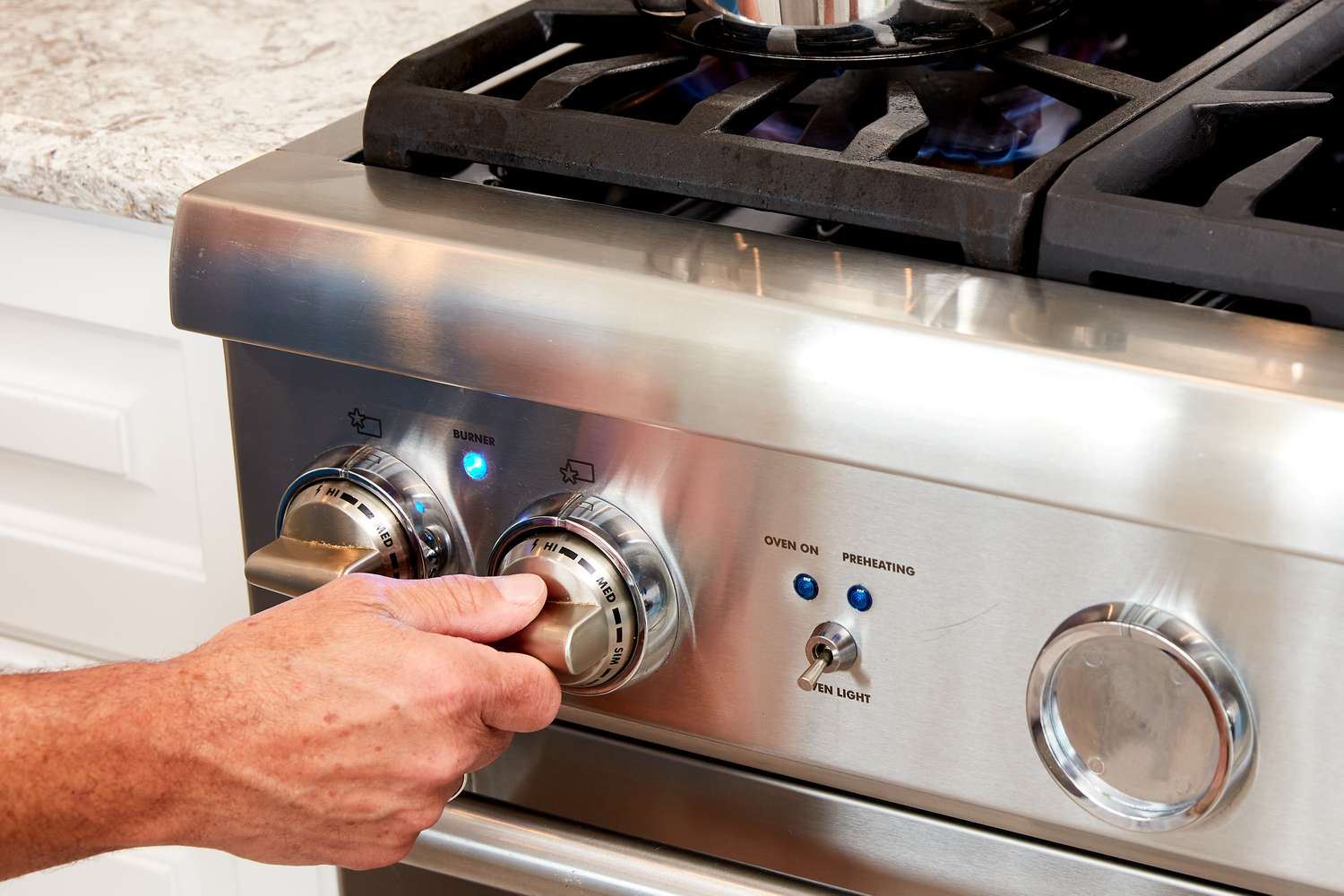
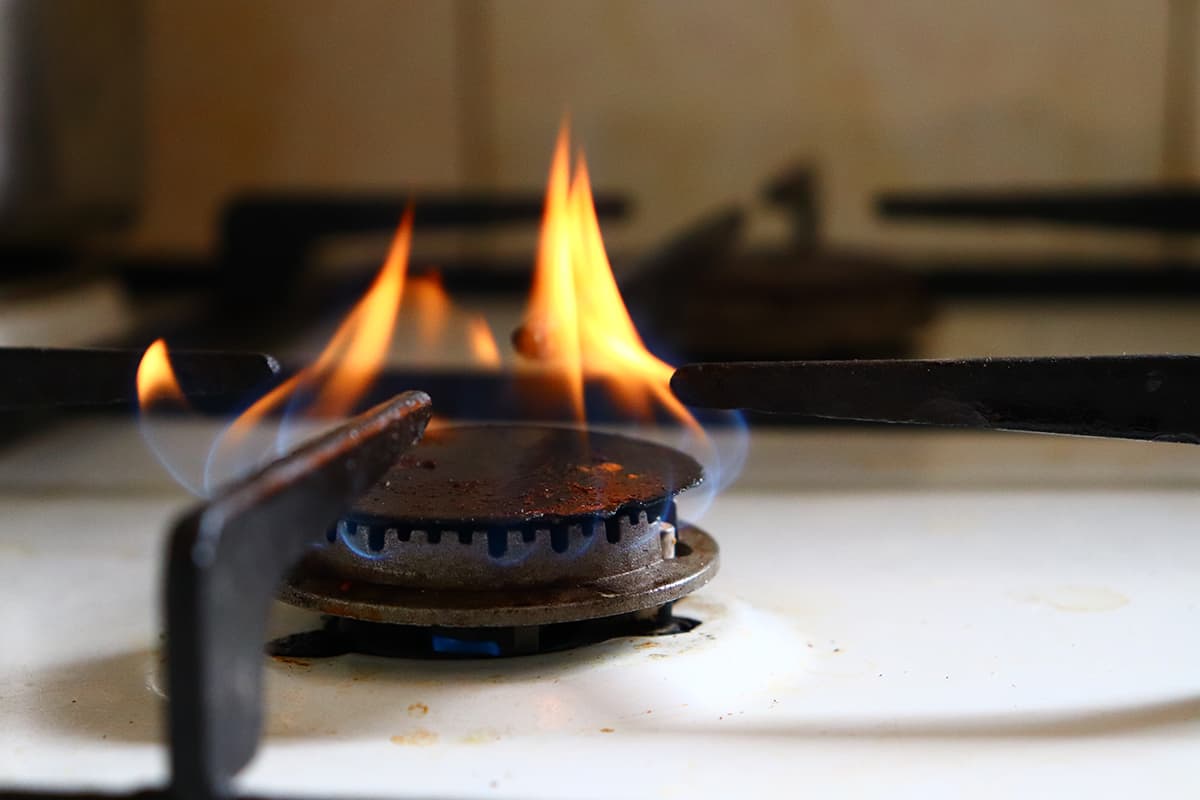
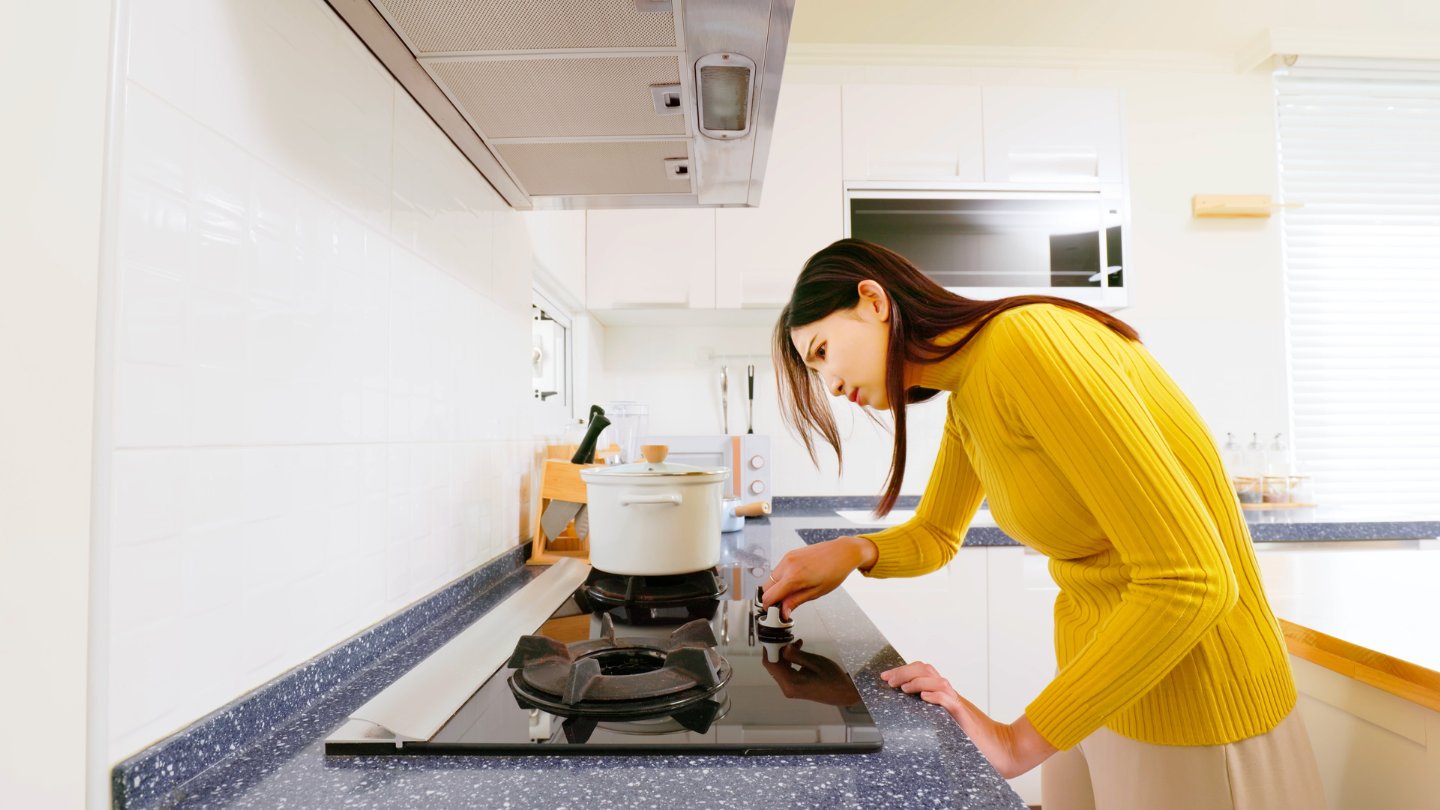
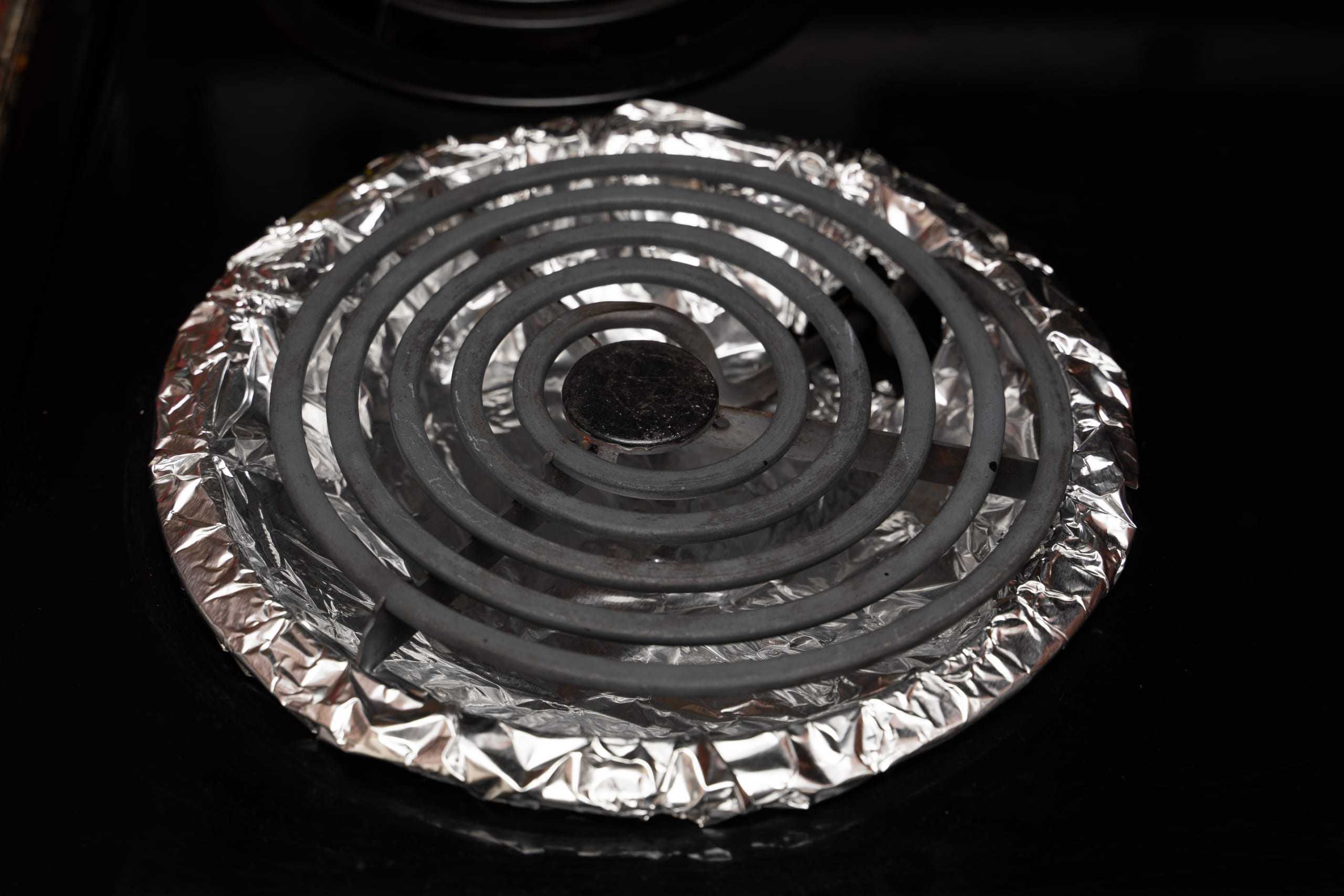
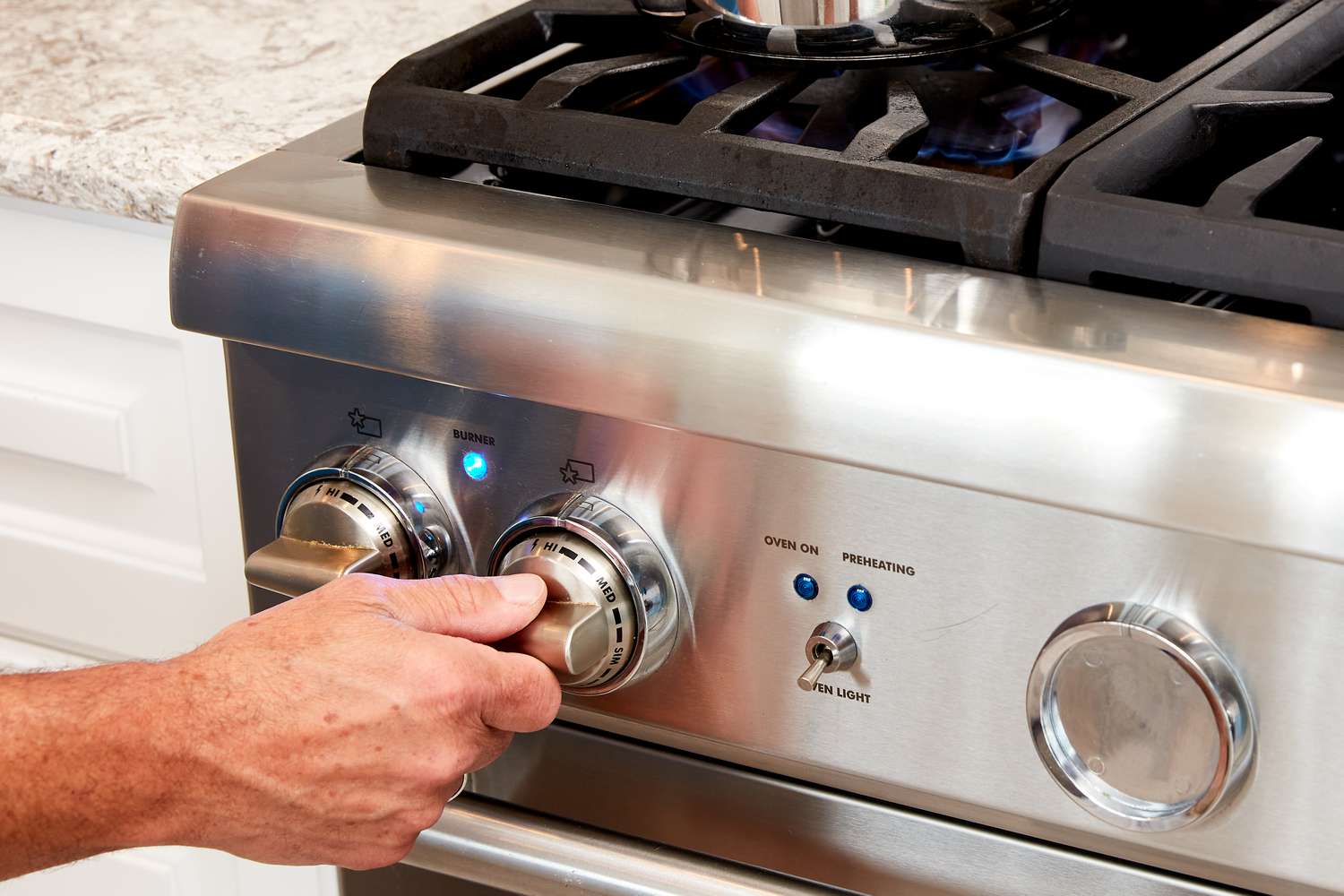
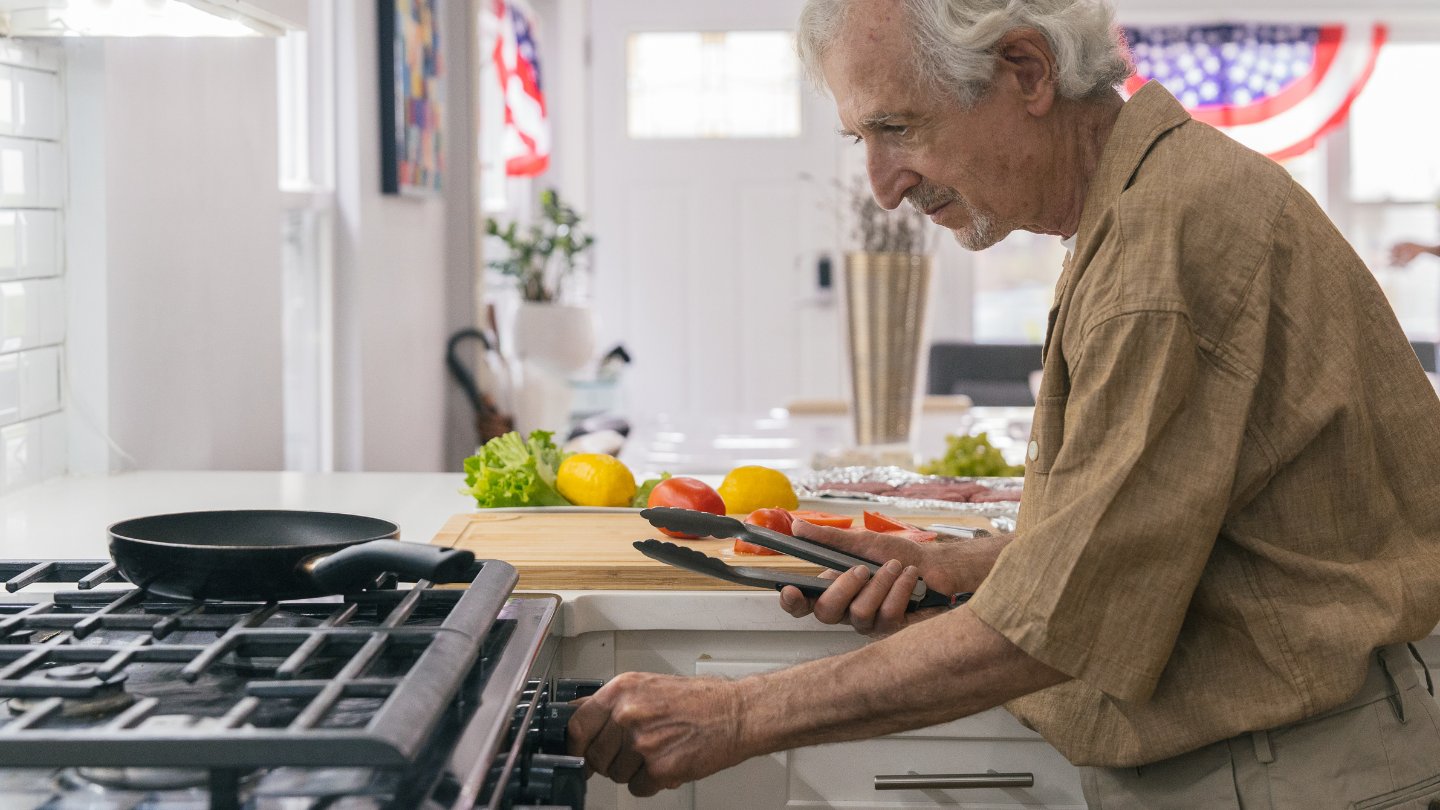
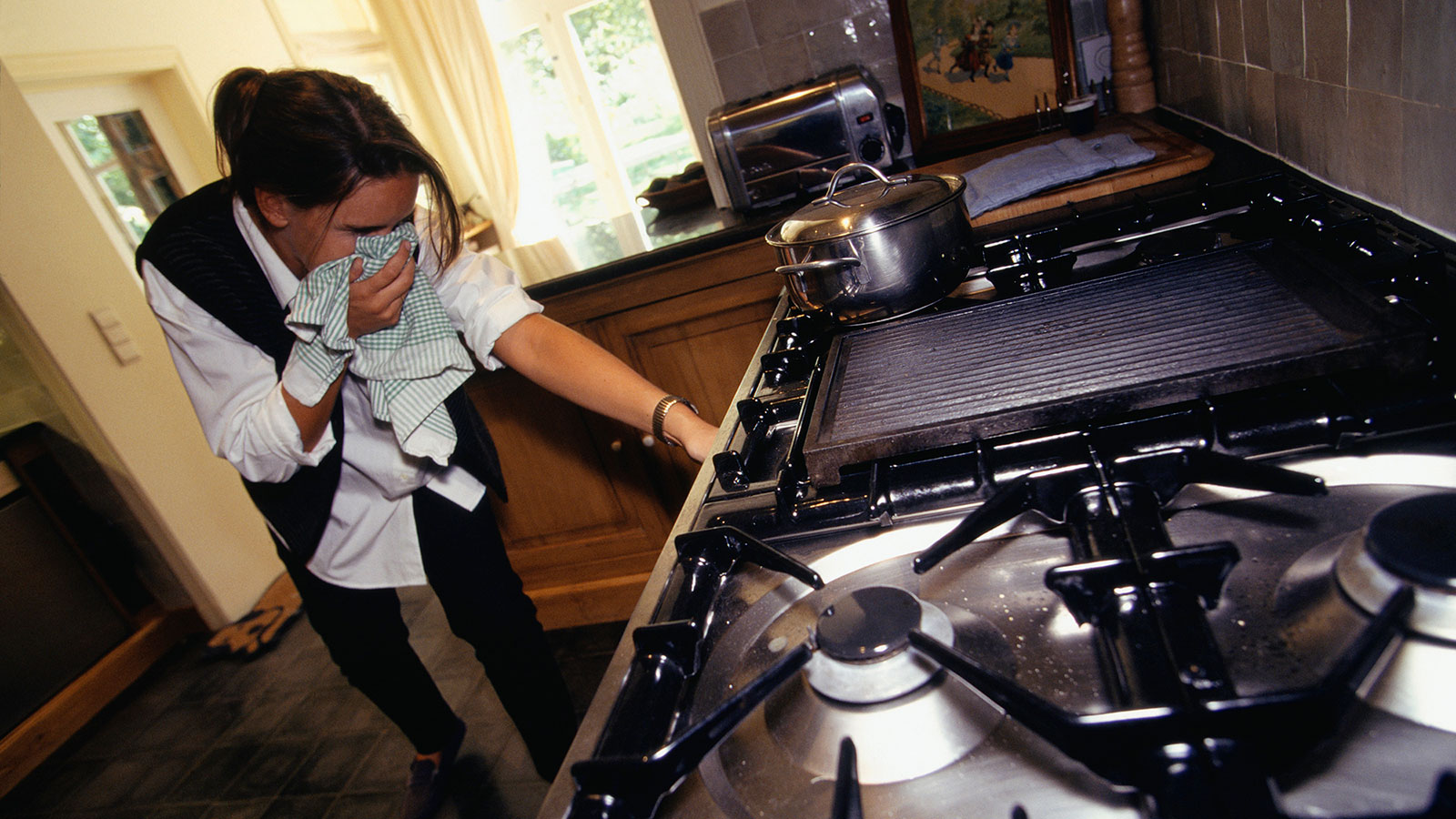
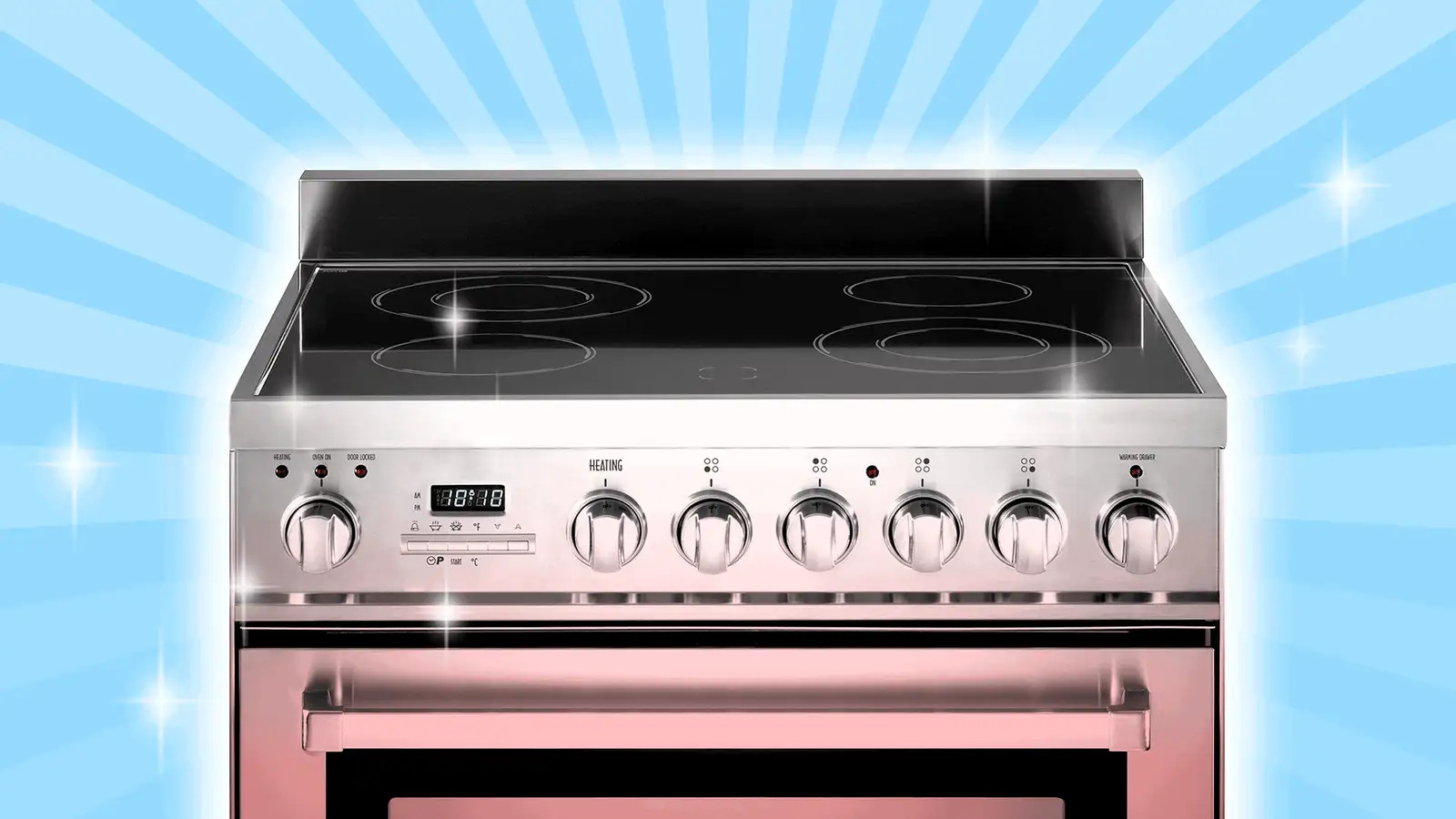
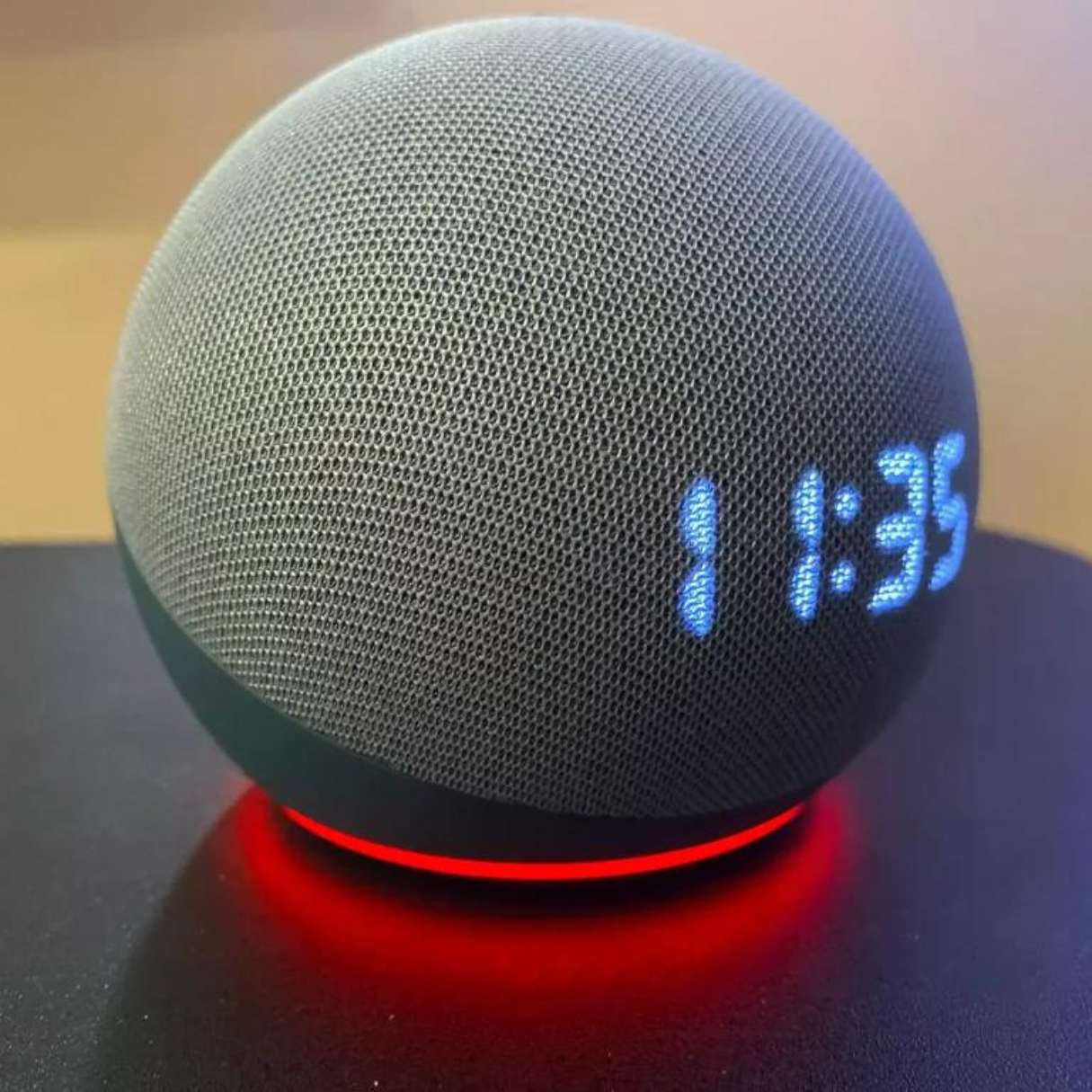
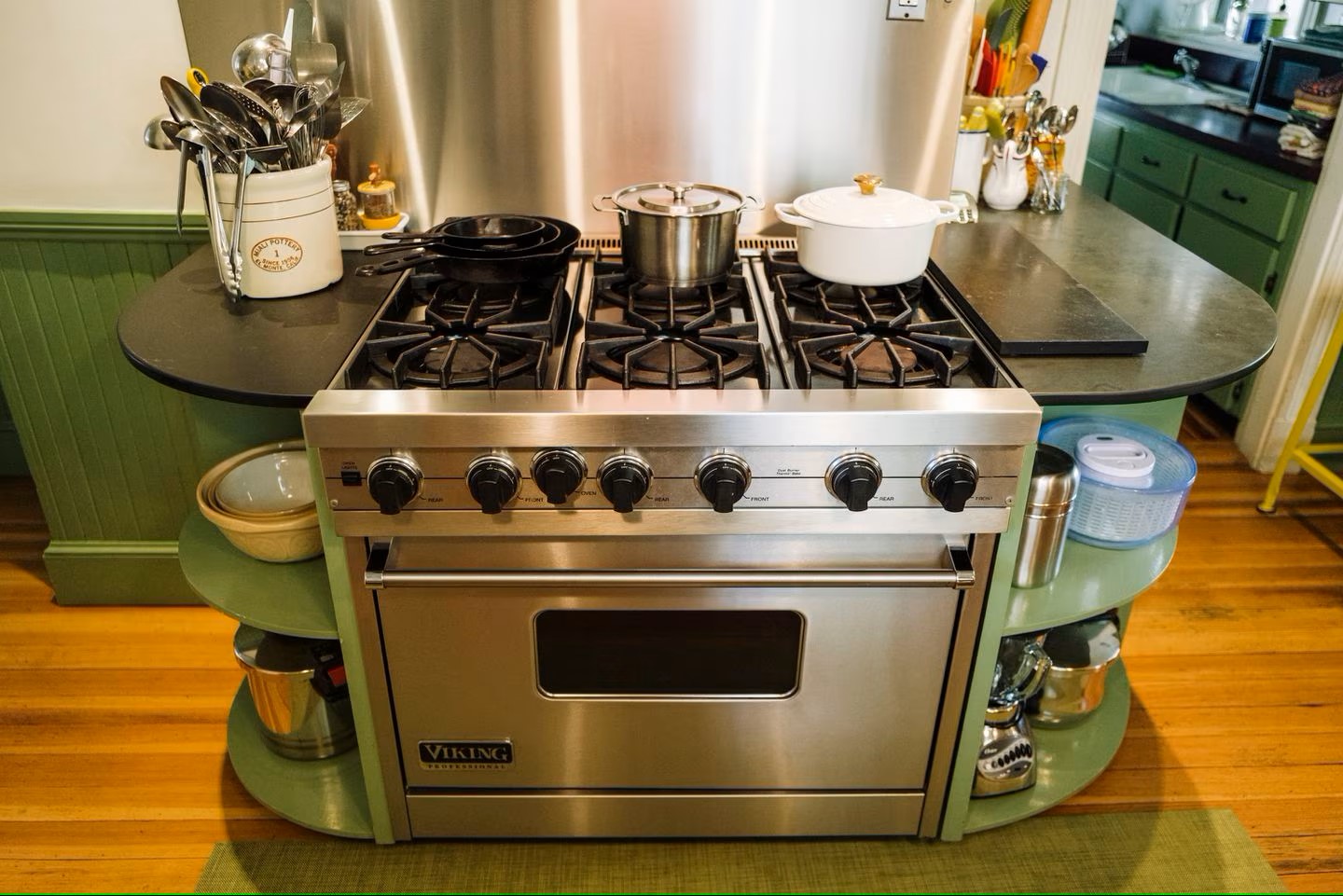
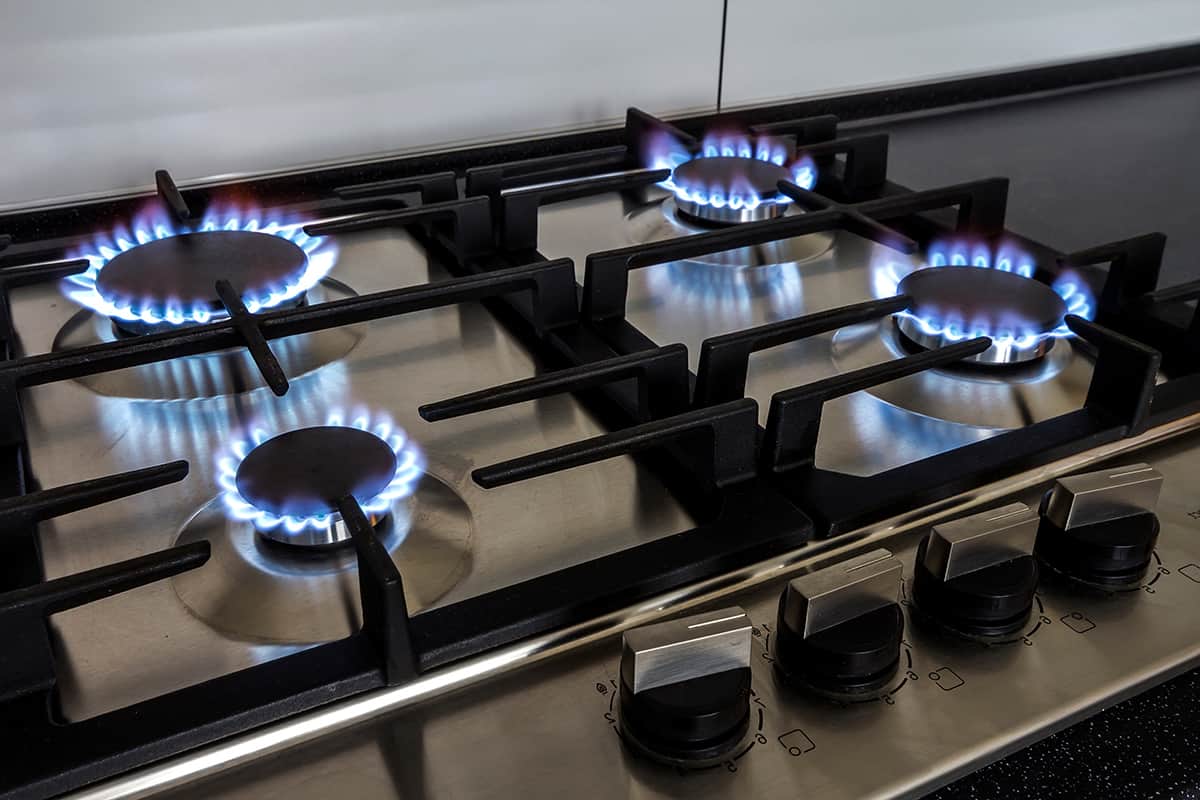
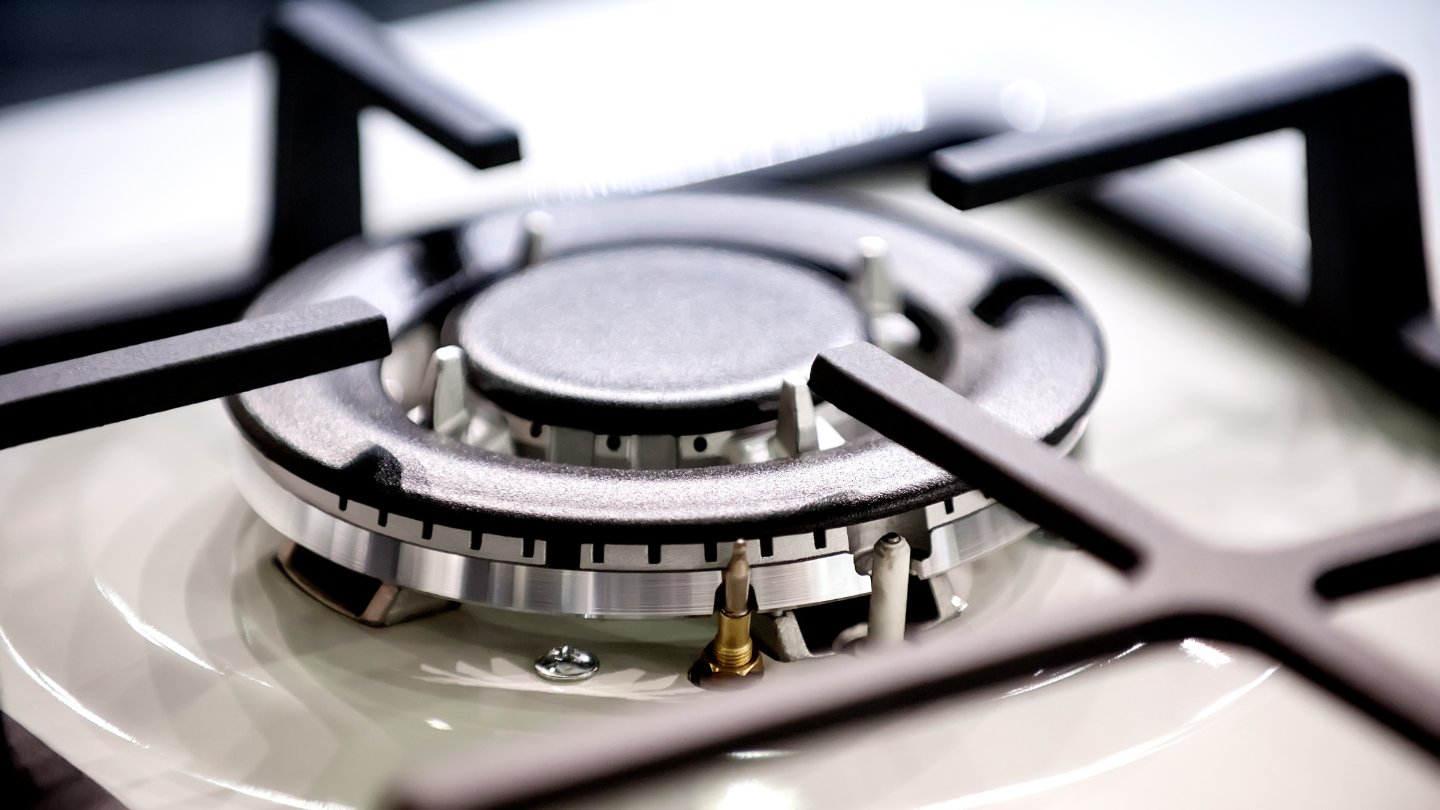
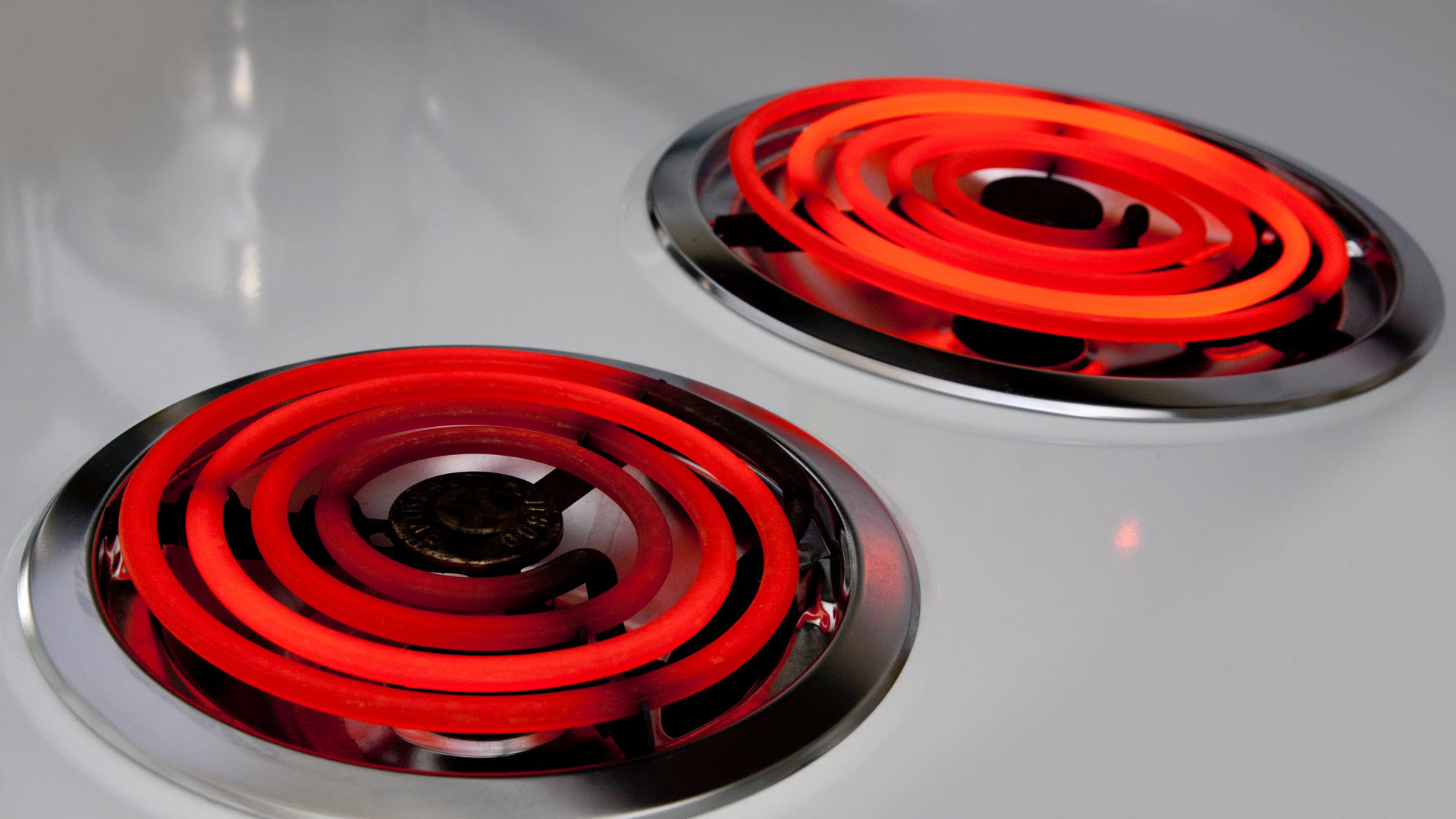

0 thoughts on “Why Do Stove Burners Turn Red”